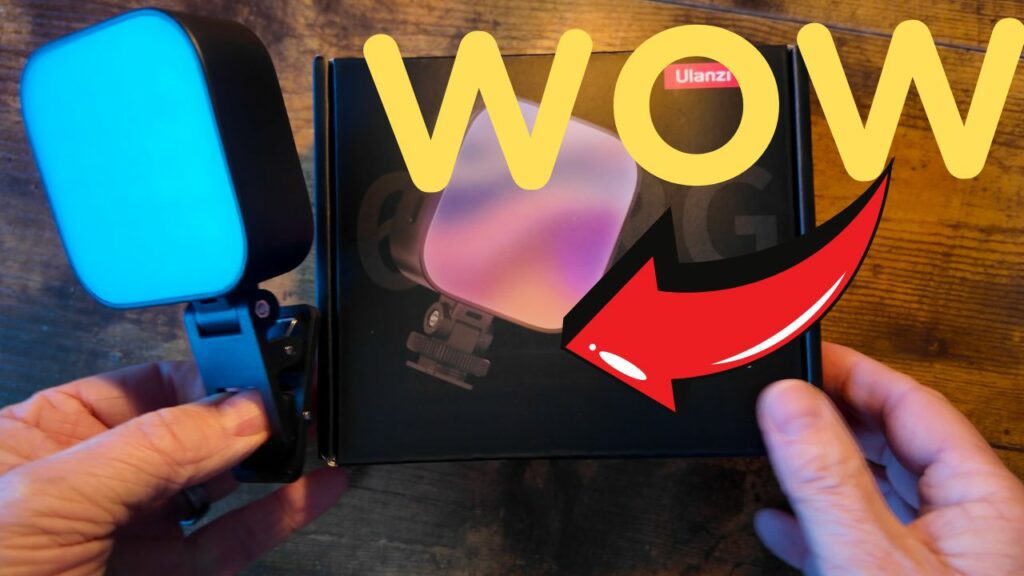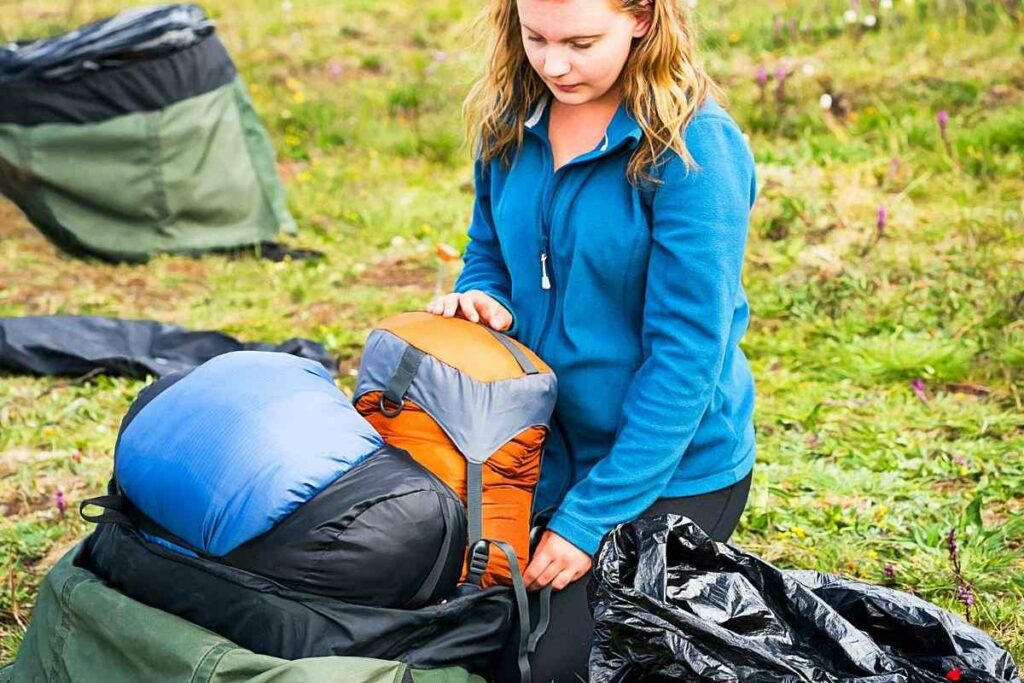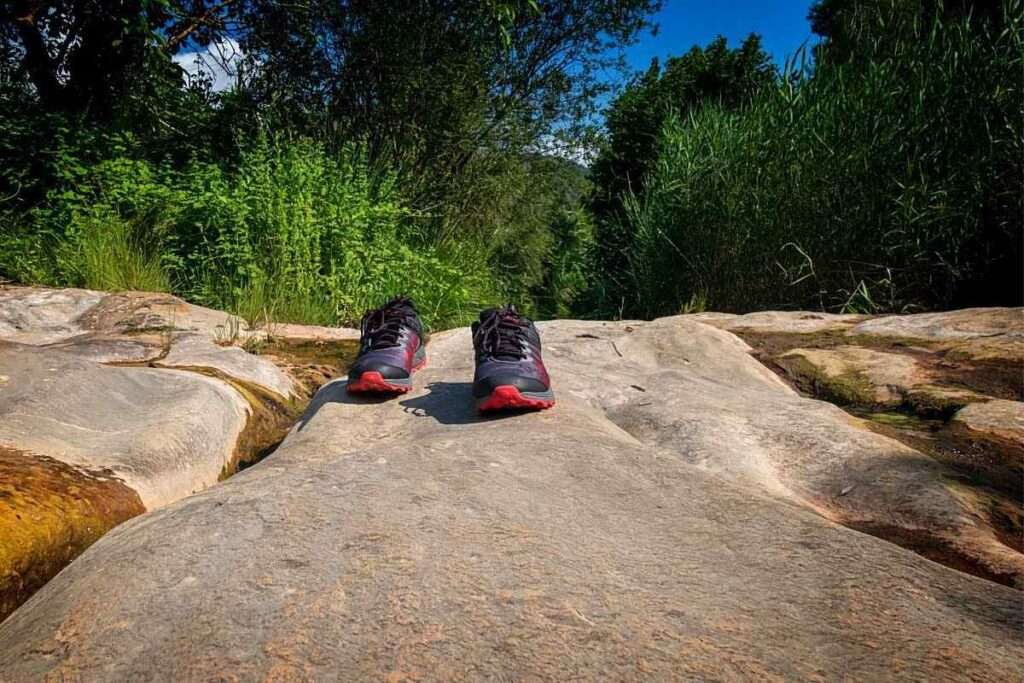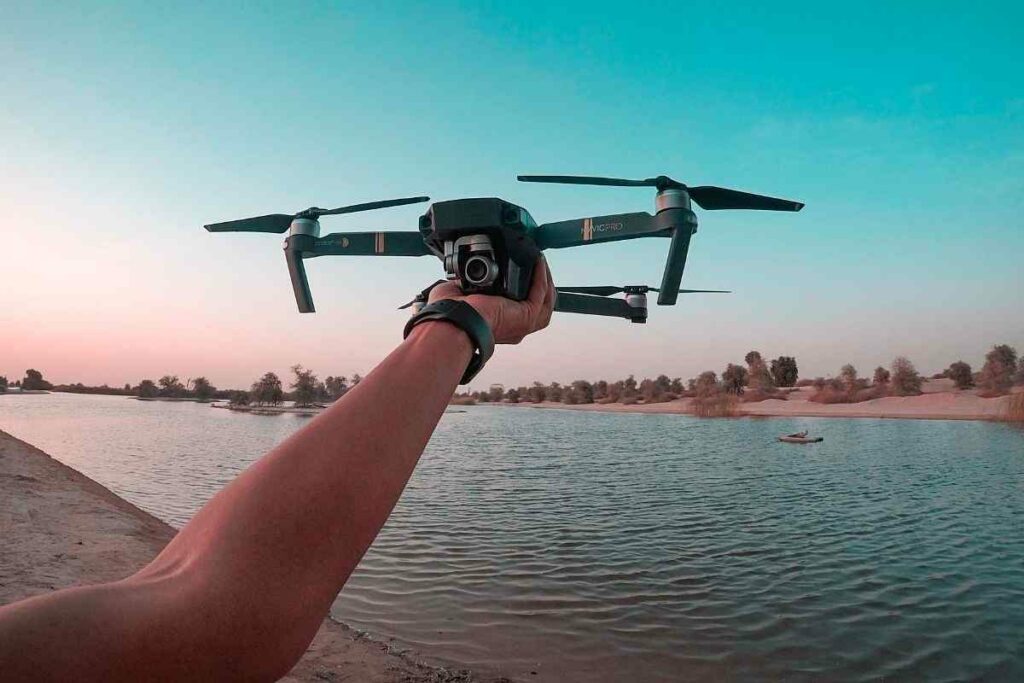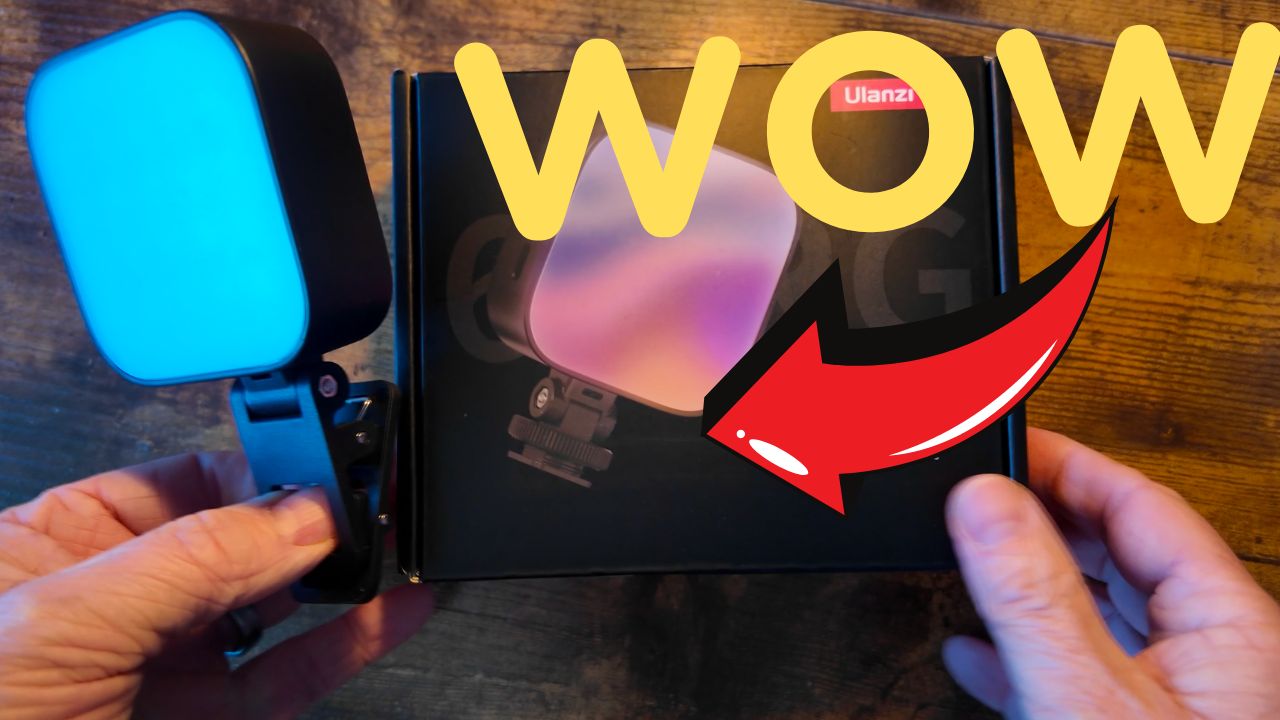Backpacking quilts or sleeping bags are the most popular options for choosing a sleep system for outdoor adventures.
To date, which is the better sleeping gear remains a bone of contention amongst outdoor enthusiasts.
In this guide, we aim to settle the backpacking quilt vs. sleeping bag debate by exploring the unique features that set them apart and their benefits and cons.
By the end, you can confidently embark on your next outdoor adventure, fully equipped with the perfect quilt or sleeping bag.
Backpacking Quilt vs. Sleeping Bag
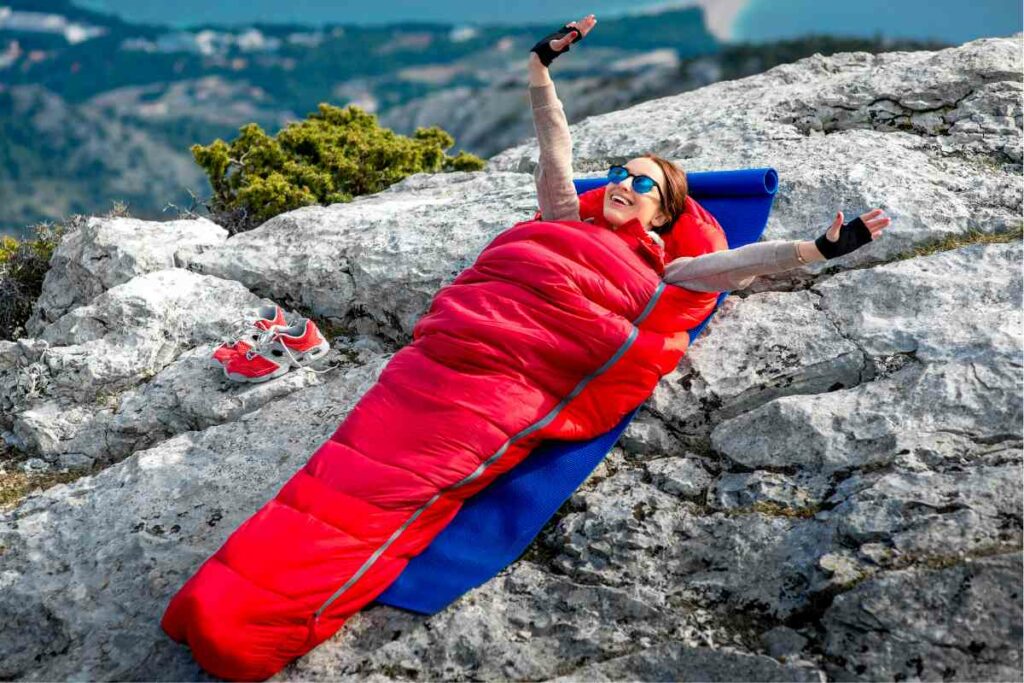
Before getting to the difference, let’s look briefly at everything you need to know about backpacking quilts and sleeping bags:
Backpacking Quilt
Essentially, quilts are a lightweight variation of traditional sleeping bags.
Pros
Cons
Since they lack a bottom, quilts function more or less like blankets, providing insulation over the top and sides of your body.
They open from the side, so they lack a full-length zipper and hood, making them compact, lighter, and more versatile in regulating body temperature.
Sleeping Bag
Sleeping bags have long been the go-to sleeping system, with mummy bags for backpacking and rectangular bags for car camping or if you move around a lot in your sleep.
Pros
Cons
It is the most comfortable, with layers of fillers providing a warm night’s sleep.
Sleeping bags are also temperature-rated (comfort, lower limit, and extreme), so you can pick your ideal bag based on where you are camping.
Finally, it goes without saying; always buy a sleeping bag that is slightly larger than your size to give you room to maneuver during sleep.
Differences Between Backpacking Quilts & Sleeping Bags
Choosing the right sleeping gear can make all the difference in outdoor adventures.
To understand their suitability and overall camping experience, here’s a closer look at the significant differences between backpacking quilts and sleeping bags:
Warmth
Sleep gear’s most critical aspect is keeping you warm during cold nights, and sleeping bags excel in this regard.
They provide better insulation with or without sleeping pads, especially the mummy bags, which are usually tapered at the foot and head to trap as much heat as possible.
With most current sleeping bags having integrated hoods, you are better insulated against extreme cold conditions.
While backpacking quilts offer sufficient warmth, they are best suited for warmer environments.
Going mountain camping with a quilt may require additional insulation layers or a sleeping pad to get through the night.
That notwithstanding, plenty of low-temperature-rated quilts(up to 20 degrees Fahrenheit) are in the market to get you going.
Winner: Sleeping Bag
Temperature Regulation
The open design of backpacking quilts allows for better ventilation if you are a restless or hot sleeper.
On the other hand, sleeping bags are designed to trap heat, which limits their breathability features. When your bag gets warm, your only reprieve is to zip it down, which is not always as effective.
For effective temperature regulation on warm nights, quilts are your best option, while sleeping bags suffice in cold weather by ensuring all your body heat is retained within the pack.
Winner: Backpacking Quilt
Weight and Storage
Quilts are hands down the best sleep system for backpackers, aiming to minimize weight since their minimalistic design makes them lighter.
Besides, quilts are easily compactible when not in use, making them the go-to option when you are pressed for storage space.
Sleeping bags feature heavy insulating materials and sturdy zippers to maximize warmth.
Add the hood, and the weight of even the smaller mummy bag increases significantly.
Winner: Backpacking Quilt
Ease of Use
Generally, sleeping bags are easier to set up and use; unroll, climb in, zip it, and you’re all set.
They require no additional straps or attachments, unlike quilts, which need you to secure them to a sleeping pad for added warmth.
For an inexperienced camper, opt for a sleeping bag since failure to cinch your quilt correctly means no insulation from the cold night air.
However, quilts have the upper hand on sleeping bags when it comes to versatility.
It gives you the freedom to toss and turn all night long, even if you are on a hammock.
Winner: Sleeping Bag
Pricing
Pound for pound, quilts are generally more expensive than sleeping bags.
However, it is essential to note that the manufacturing process of quilts is more complex, and higher-quality materials are used to achieve breathability.
As such, the cost is usually pushed down to the consumers with a good quality quilt averaging $150. However, there are plenty of affordable options below 100 bucks.
Sleeping bags have a wider variety of options below $100, but premium bags are just as expensive as quilts.
The price ranges vary with the materials used, temperature rating, and the brand, which calls for proper market research and price comparisons before making your purchase.
Winner: Sleeping Bag
When To Choose Backpacking Quilt vs. Sleeping Bag
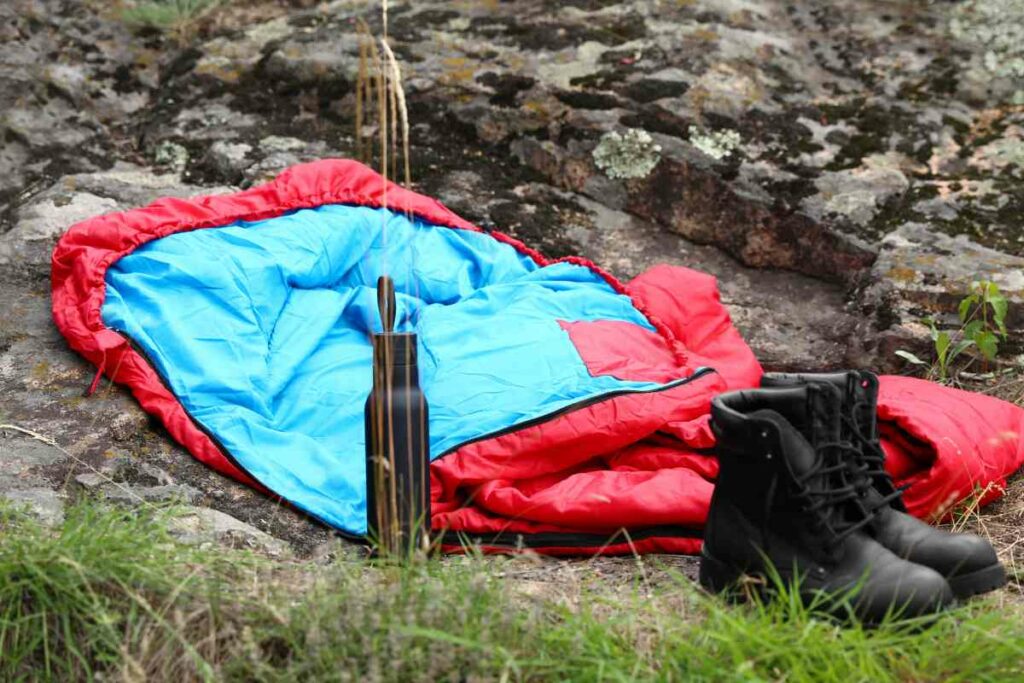

Despite the backpacking quilt becoming more popular among outdoor enthusiasts, choosing between a quilt and a sleeping bag depends on the type and requirements of your specific outdoor activity.
Primarily, there are three types of excursions you will need this gear:
- Backpacking or hiking
- Hammock camping
- Car or off-road camping
Let’s explore these three scenarios and determine which of the sleeping gear is more suitable:
Backpacking
A quilt is lightweight and easily compressible, saving valuable space in the backpack to carry other hiking gear.
Additionally, it reduces the load you will take during the hike, effectively reducing fatigue and strain on your shoulders.
While ultralight sleeping bags are readily available online, they are less effective in space-saving.
Hammock Camping
Hammock camping provides sufficient ground clearance for a comfortable night’s sleep away from the wet ground and crawling creatures.
Since hammock surfaces are not even, quilts become your most suitable sleep system.
Backpacking quilts are versatile, so you can easily attach the quilt to the hammock’s sleeping pad with little to no fuss.
Besides, you enjoy unrestricted movement without interfering with your sleeping setup.
Car Camping
When it comes to car camping, weight and compressibility are not such a major concern.
Opting for sleeping bags allows you to maximize your comfort. You can add a higher R-value sleeping pad (optional) for a cozy feel.
If you are off-roading to a warm climate, use an ultralight synthetic sleeping bag that is less thick than a dawn mummy bag for adequate ventilation.
Our Backpacking Quilt and Sleeping Bag Picks
In my experience with outdoor gear, expensive doesn’t always translate to better quality.
After meticulous research and comparisons, our top three picks for quilts and sleeping bags are based on quality, functionality, and affordability.
Backpacking Quilt
Sleeping Bags
Frequently Asked Questions
Which has a better warmth-to-weight ratio between a quilt and a sleeping bag?
The warmth-to-weight ratio measures the efficiency of a sleep system in terms of warmth relative to its weight.
Keeping the insulation type (dawn/synthetic), quality, and temperature rating constant, backpacking quilts have a better warmth-to-weight ratio than sleeping bags.
Which sleeping gear is best suited for hot sleepers?
Quilts are better suited for hot sleepers since their breathable designs help release any hot air trapped next to your body. Besides, they are less restrictive, so you can turn and toss comfortably.
If you have to use a sleeping bag, opt for a bag with a lower fill power and a sleeping pad with a high R-value. Less loft and efficient insulation ensures you have a good night’s sleep.
Can you use a backpacking quilt for winter camping?
While a quilt can be just as warm as a sleeping bag if it has a higher fill power, I still prefer using sleeping bags made for winter camping.
Not only do they offer maximum warmth and comfort in freezing conditions, but waterproof sleeping bags retain their excellent insulation properties when wet.
Which offers the best value for money, a quilt or a sleeping bag?
While quilts are pricey, they offer more value for money than sleeping bags.
When comparing the prices of a quilt and a bag of the same quality, you will usually find out that the sleeping bag is more expensive. This is despite the quilt having better crafting and functional features.
Read next
Final Thoughts: Backpacking Quilt vs. Sleeping Bag
Ultimately, the choice between a backpacking quilt and a sleeping bag trickles down to individual preferences, the requisite comfort level, and insulation based on the nature of your outdoor excursion.
Backpacking quilts are lightweight, breathable, and have excellent compressibility, making them a reliable choice for ultralight backpacking and hot sleepers. Alternatively, fully enclosed sleeping bags provide more insulation and comfort, making them ideal gear for extreme cold conditions.
Whichever option you choose, always ensure you invest in quality gear depending on your specific camping conditions for a comfortable and enjoyable outdoor experience.
- Ulanzi U60 RGB Video Light Review
- Stuff Sack Vs. Compression Sack (Complete Comparison)
- Best Wetsuits for Surfing (Top 7 Picks & Buying Guide)
- Best Shoes For Slippery Rocks (Top 8 Picks & Buying Guide)
- Packing Cubes Vs. Compression Bags (All You Need to Know)
- Best Drones for Hiking (Top 4 Picks & Buying Guide)







